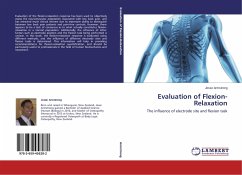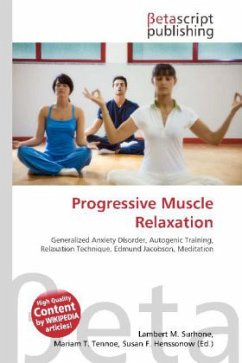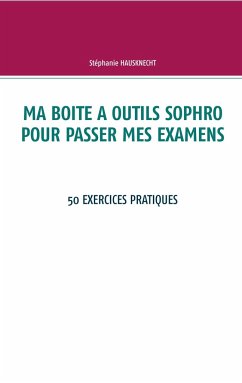Evaluation of the flexion-relaxation response has been used to objectively assess the neuromuscular adaptation associated with low back pain, and has attracted much clinical interest due its impressive ability to distinguish between low back pain patients and pain-free controls. However, there appears to be a lack of consensus as to what actually constitutes flexion-relaxation in a normal population. Additionally, the influence of other factors such as electrode position and the flexion task being performed is unclear. In this book, the flexion-relaxation response is evaluated using different methods, and the influence of different electrode sites and flexion tasks is determined. This information will help in providing recommendations for flexion-relaxation quantification, and should be particularly useful to professionals in the field of human biomechanics and movement.
Bitte wählen Sie Ihr Anliegen aus.
Rechnungen
Retourenschein anfordern
Bestellstatus
Storno








